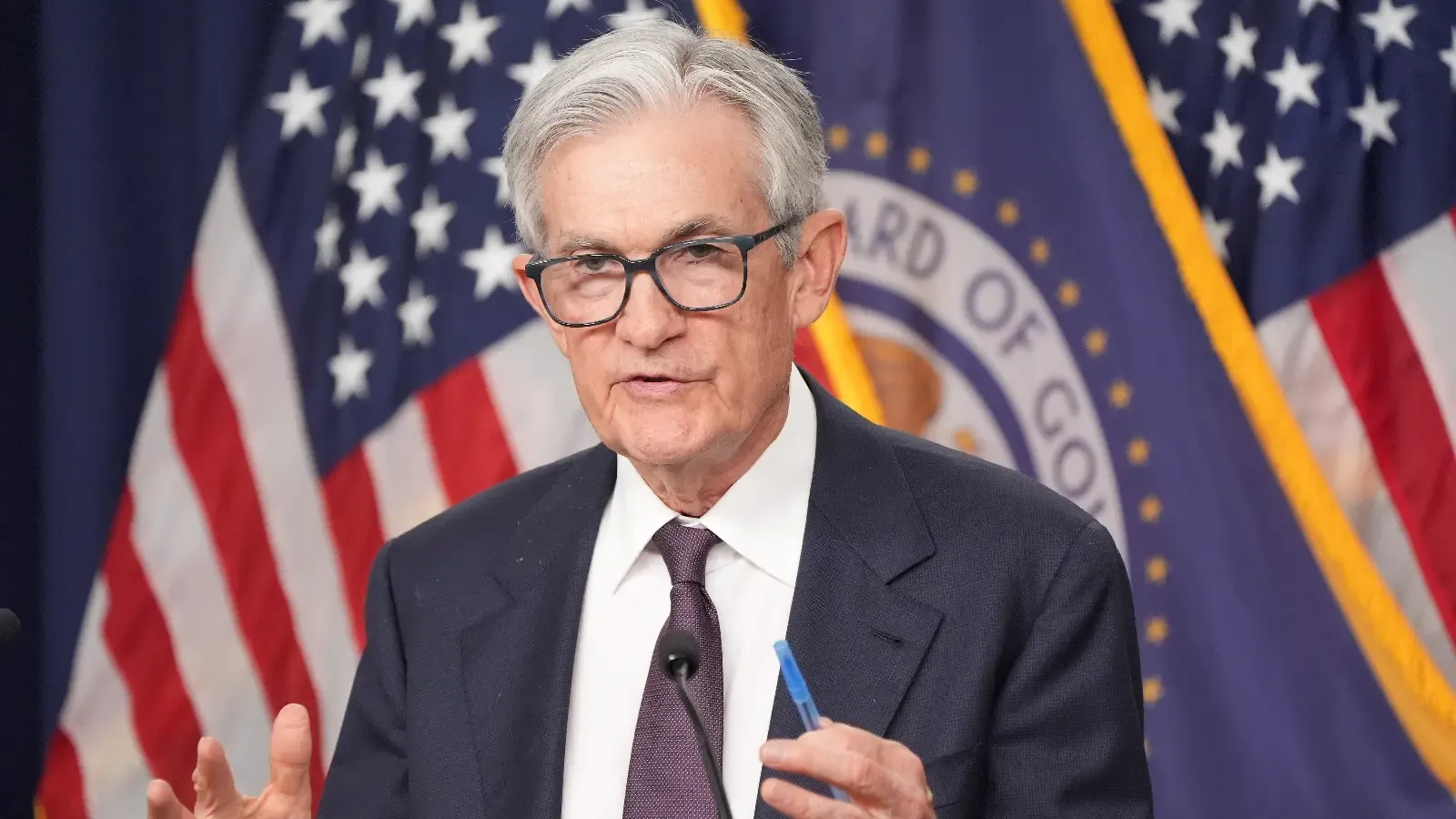Federal Reserve Interest Rate Cut in 2025: What It Means for the Economy, Markets, and Borrowers
In a pivotal move this September, the Federal Reserve lowered its benchmark interest rate for the first time in 2025, signaling a shift in its monetary strategy amid signs of economic softening. The 0.25% rate cut, which brings the federal funds target range down to 4.0%–4.25%, reflects growing concerns over a cooling labor market and persistent—but manageable—inflation.
This decision marks a turning point for the Fed, which had maintained elevated rates throughout the year to combat inflation. Now, with unemployment ticking upward and growth slowing, policymakers are recalibrating their approach.
Why the Fed Is Easing Rates Now
Several factors contributed to the Fed’s decision to cut rates:
Labor market slowdown: Unemployment rose to 4.3%, with forecasts suggesting it could reach 4.5% by year-end.
Inflation moderation: While inflation remains slightly above the Fed’s 2% target, it has shown signs of stabilization.
Political pressure: President Donald Trump has publicly pushed for deeper rate cuts, and his recent appointment of Stephen Miran to the Fed Board added a dissenting voice favoring more aggressive easing.
Despite political tensions, Fed Chair Jerome Powell emphasized the central bank’s independence, stating that decisions are guided by economic data—not external influence.
Economic Impact of the Rate Cut
The Fed’s rate reduction is expected to ripple across the economy:
Lower borrowing costs: Mortgage rates, auto loans, and business credit lines are likely to become more affordable.
Stock market reaction: Equities rallied on the news, though tech stocks showed mixed performance amid global uncertainty.
Housing market boost: Lower rates could revive homebuying activity, especially in regions hit by high interest costs.
Currency effects: A softer dollar may support U.S. exports but could raise import prices.
Fed’s Outlook: More Cuts on the Horizon?
According to the Fed’s latest projections, officials anticipate two additional rate cuts before the end of 2025, followed by another in 2026. This gradual easing path is designed to support employment while keeping inflation in check.
However, internal divisions remain:
Stephen Miran advocated for a 0.5% cut, citing recession risks.
Governor Jeffrey Schmid opposed any cut, warning of inflation resurgence.
The September meeting saw three dissenting votes, a rare occurrence that underscores the complexity of the Fed’s current challenge.
Political Tensions and Fed Governance
The rate cut comes amid heightened scrutiny of the Fed’s independence:
President Trump’s attempt to remove Governor Lisa Cook sparked legal battles, though courts have allowed her to remain.
A proposed Senate bill aims to shield the Fed from executive interference.
Powell’s leadership is under pressure, with speculation about his future as Chair when his term ends in May 2026.
These developments raise questions about the balance between central bank autonomy and political influence.
What It Means for Consumers and Businesses
For households and companies, the Fed’s rate cut offers both opportunities and challenges:
Borrowers may benefit from lower interest rates on credit cards, personal loans, and mortgages.
Savers could see reduced returns on deposits, prompting shifts toward stocks or bonds.
Small businesses may find it easier to access capital for expansion and hiring.
Investors will closely watch future Fed moves to gauge market direction.
The Federal Reserve’s September 2025 rate cut reflects a strategic pivot in response to evolving economic conditions. As inflation cools and job growth slows, the Fed is walking a tightrope—easing just enough to support the economy without reigniting price pressures.
With more rate cuts likely and political dynamics intensifying, the Fed’s decisions will continue to shape the financial landscape well into 2026.
For official updates and deeper analysis, explore the , , and . Let me know if you’d like a simplified explainer or a visual timeline of Fed rate decisions.
